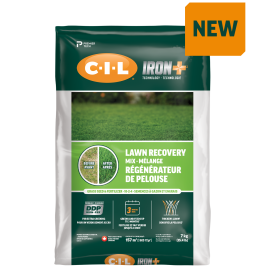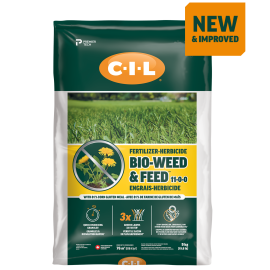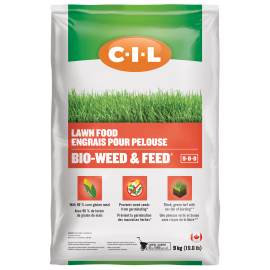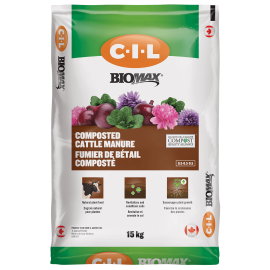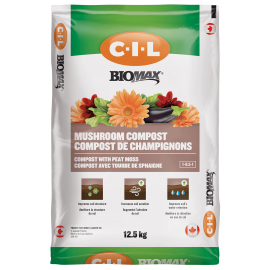How to Prevent Insects in Your Lawn
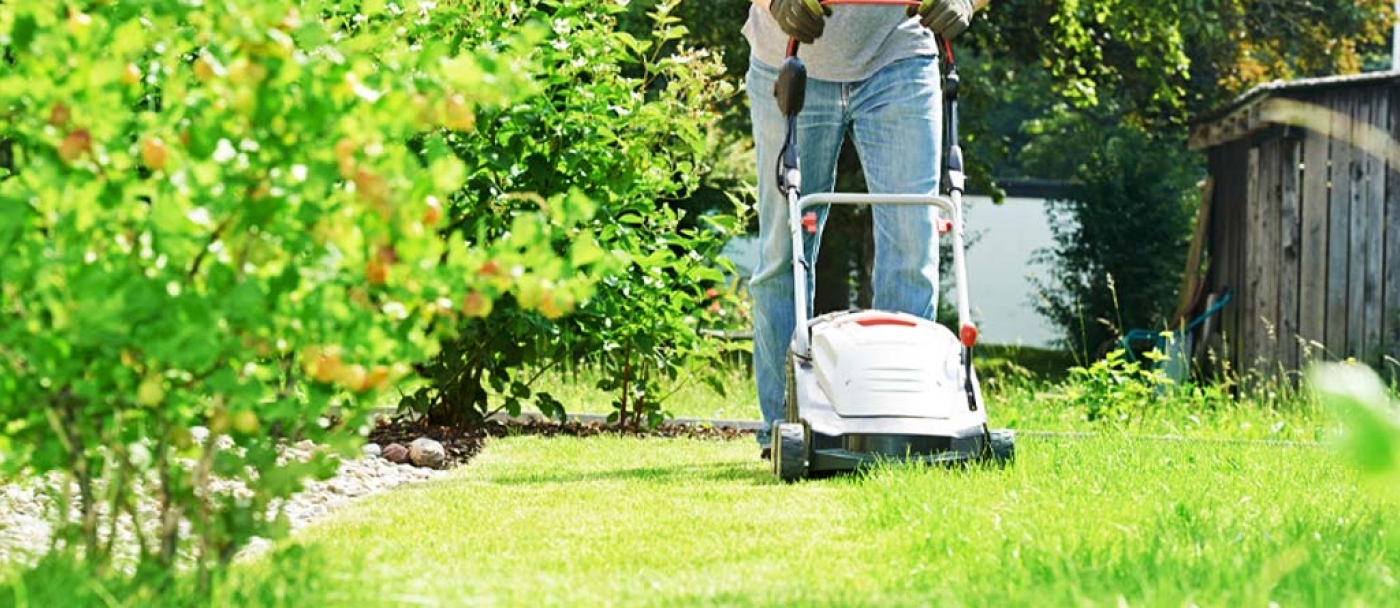
Insects are serious nuisances that can wreak havoc in your lawn, destroying the roots and even killing the grass if they aren’t controlled.
If insects are creating problems for your lawn, don’t reach for pesticides until you’ve exhausted safer alternatives. Chemicals that kill bugs are harmful to kids and pets, and they kill beneficial insects that keep pests in check. Pesticides may also kill earthworms and other healthy soil organisms.
The following tips will make your lawn less habitable for insects.
- Mow your lawn regularly because tall grass can harbor various pests, including ticks and mosquitoes. On the other hand, don’t scalp your lawn because you’ll weaken the roots and make the grass more susceptible to damage by insects. Aim for a length of about 8 cm.
- Feed your lawn regularly, as a healthy, well-nourished lawn is more pest resistant. Apply a high-quality lawn food with an NPK ratio such as 33-0-3.
- Keep your lawn neat and free of leaves, branches and other debris where insects can hide. Pick up debris, lawn furniture, and children's toys in fall to remove protective spots where pests may overwinter.
- Similarly, remove weeds and tall grass around your yard.
- Eliminate standing water if mosquitoes are a problem. Check wheelbarrows, clogged gutters, buckets, and wading pools. Fill in any low spots in your lawn.
- Encourage birds to visit your yard so they can help keep bugs in check. Plant shrubs where birds can shelter, as well as plants that provide berries and seeds. Install a bird feeder and keep it full. Birds are also attracted by a birdbath or fountain, but be sure to refresh the water regularly.
- If you decide pesticides are necessary, apply the products according to instructions provided on the label. Use great care when mixing and applying the chemicals. Store the products in their original containers, safely out of reach of children and pets.
